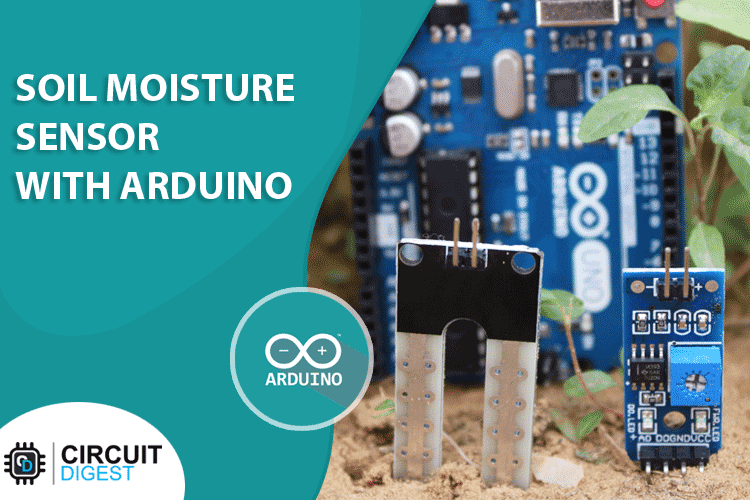1. Interfacing IR Sensor Module with Arduino

An infrared proximity sensor or IR Sensor is an electronic device that emits infrared lights to sense some aspect of the surroundings and can be employed to detect the motion of an object. As this is a passive sensor, it can only measure infrared radiation. This sensor is very common in the electronic industry and if you’ve ever tried to design an obstacle avoidance robot or any other proximity detection-based system, chances are you already know about this module, and if you don’t, then follow this arduino IR sensor interfacing article as here we will discuss everything about it.
2. How Does a Soil Moisture Sensor Work and how to use it with Arduino?

The soil moisture sensor is the first thing that springs to mind when it comes to building your smart irrigation system or automatic plant watering system. With this sensor in place and a little Arduino support, we can design a system that can water your plants when it's needed, avoiding overwatering and underwatering.
In this article, we are going to interface the soil moisture sensor with an arduino and measure the volumetric concentration of water inside the soil. This sensor is designed in a way that it can output data in both digital and analog modes. We will read this data and display the output status with an LED for digital output and we will use the serial monitor or an LED with PWM for analog output. Check out the full Arduino Soil Moisture Sensor tutorial here.